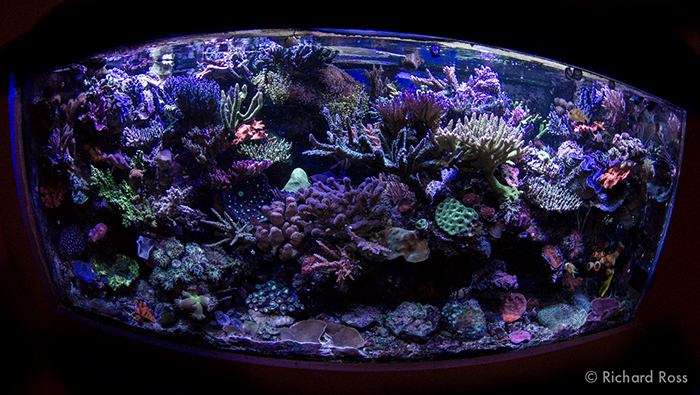True. Once a nutrient runs out, so will growth.Well, no, that would not happen long term in seawater either since the needed trace elements will run out. In reef tanks those come from feeding, dosing, and water changes. The shrimp is not needed, but those trace elements are. Before some limiting trace element run out (such as iron, which already limits phytoplankton in parts of the ocean), algae will run amok, yes.
Another simple scenario:
I have a thriving planted tank, with no visible algae, dosing all the macro and micro elements. I could stop dosing phosphate and after a while algae would start to be visible.
If I start dosing phosphates again, the algae would dissapear slowly.
















